Auto Suppliers Navigating the Turbulent Waters of Tariffs
![]() 04/14 2025
04/14 2025
![]() 442
442
Introduction
Suppliers need flexibility, and this is a prevailing trend.
On the eve of President Trump's official announcement of the tariff war, Swamy Kotagiri, CEO of Magna, walked through a factory in Michigan, USA. Amidst the buzzing robotic arms and flying sparks, he was compelled to reconsider how to respond to the unpredictable events within the tariff turmoil and industry upheaval.
Following the inauguration of the new US president, Magna organized a series of internal meetings to discuss the multifaceted pressures of addressing black swan events. The automotive supply chain demands stability, rhythm, and certainty—attributes that have been conspicuously absent over the past four years. The onset of the tariff war has cast new shadows over parts suppliers.
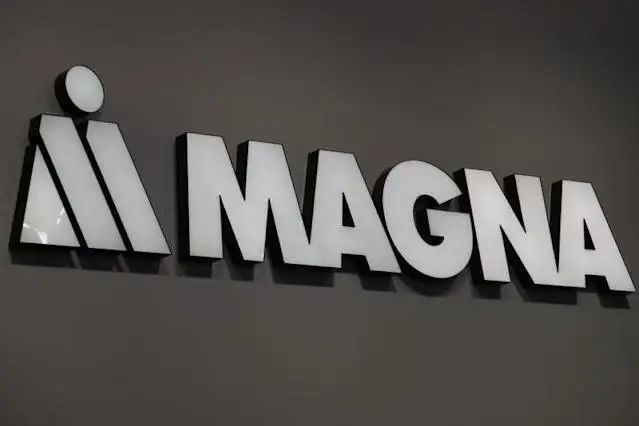
While the White House wields the big stick of auto tariffs, and the industry's focus remains on automakers, the potential impact of this storm on the supply chain and parts manufacturers is equally profound. For some small and medium-sized suppliers, the critical juncture of life or death has arrived.
Even Magna, the world's third-largest auto parts supplier, is anxious about this crisis. With 59 factories in the United States, 50 in Canada, and 33 in Mexico, it forms a highly intertwined and vast system. Any change affects the entire entity and plays a pivotal role in the global supply chain.
Parts are exported from one country to another for assembly or processing before being shipped back to automakers worldwide. Large companies like Magna can track where parts land and how many times they cross borders. In contrast, this is a daunting task for some small and medium-sized suppliers.
How will suppliers respond following production cuts and layoffs?
01 Flexibility is Crucial
Just hours before Trump called for high tariffs, Kotagiri bluntly stated in an interview that Magna could hardly absorb costs effortlessly, and most of these costs would ultimately be passed on to consumers. Facing changes in the automotive industry chain, Magna and other suppliers have already grappled with difficulties such as strikes, semiconductor shortages, and lower-than-expected demand for electric vehicles. The current tariff issue is undoubtedly adding insult to injury.
Suppliers need flexibility, and this is the prevailing trend.
Kotagiri emphasized that flexibility has become the linchpin in managing uncertainty. Magna needs to empower its factories and upstream suppliers. However, the success of this empowerment also hinges on smaller suppliers like Tier 2 and Tier 3, who may be more distressed or even panicked by tariffs.
Costs have surged, but revenues remain weak, which contradicts the basic logic of business survival. Furthermore, if automakers expand production in the United States to avoid tariffs, the demand for Magna's US business may increase, necessitating follow-up investments, swift responses, and longer-term commitments.
Automakers are also seeking flexibility, placing additional pressure on suppliers. Take Toyota as an example. Whether raising prices to sell cars or transferring production, Toyota's supply chain will face immense risks amidst the tariff storm.
Over the past decade, Toyota has emphasized its annual production of 3 million new vehicles in Japan, which underpins its sales in Japan and worldwide, as well as the long-term stability of its local supply chain. Currently, Toyota Japan receives support from approximately 60,000 suppliers, including small and medium-sized enterprises. Once the tariff war erupts, the fundamental goal of 3 million vehicles may crumble.
Automakers like Toyota and their local supply chains rise and fall together. Even during the height of the COVID-19 pandemic, Chairman Akio Toyoda gritted his teeth, soothed the emotions of domestic suppliers, and did his utmost to maintain the local production target of 3 million vehicles.
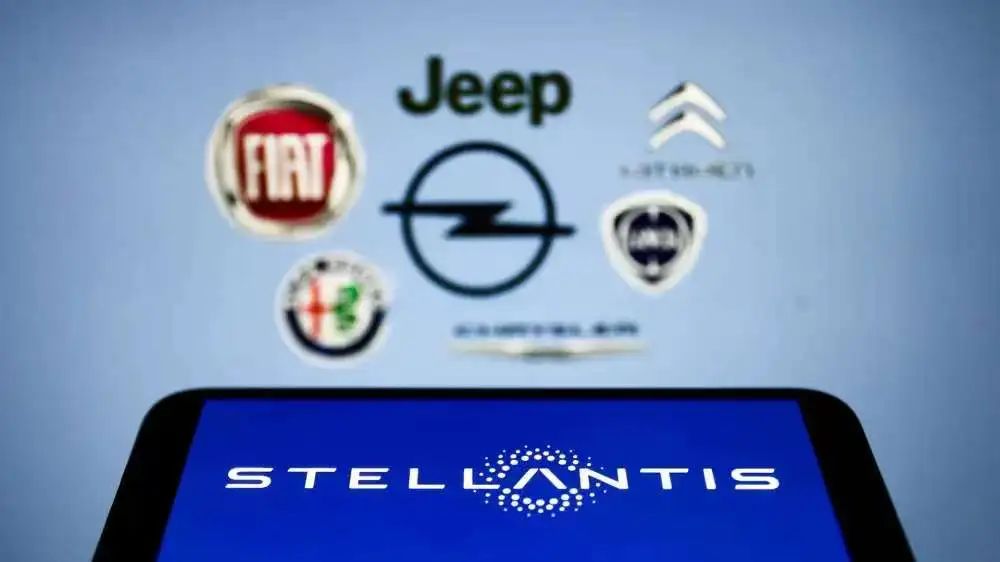
Such pressure is also a significant challenge for the Stellantis Group, which encompasses numerous brands. The group currently owns 14 automotive brands across different countries in Europe and the United States, and each brand has its own supply chain system.
Last week, the Stellantis Group decided to provide financial assistance to its parts suppliers to alleviate the burden caused by tariffs. Due to the escalating tariff war initiated by Trump, the group's chairman has hired the renowned consulting firm McKinsey to advise its two major brands, Maserati and Alfa Romeo, and does not rule out the possibility of divestiture and sale.
Foreign media reported that the group has asked McKinsey to evaluate options for these brands, including partnering with other companies to acquire new technologies. Currently, both Maserati and Alfa Romeo sold in the United States are imported and have no factories outside Europe.
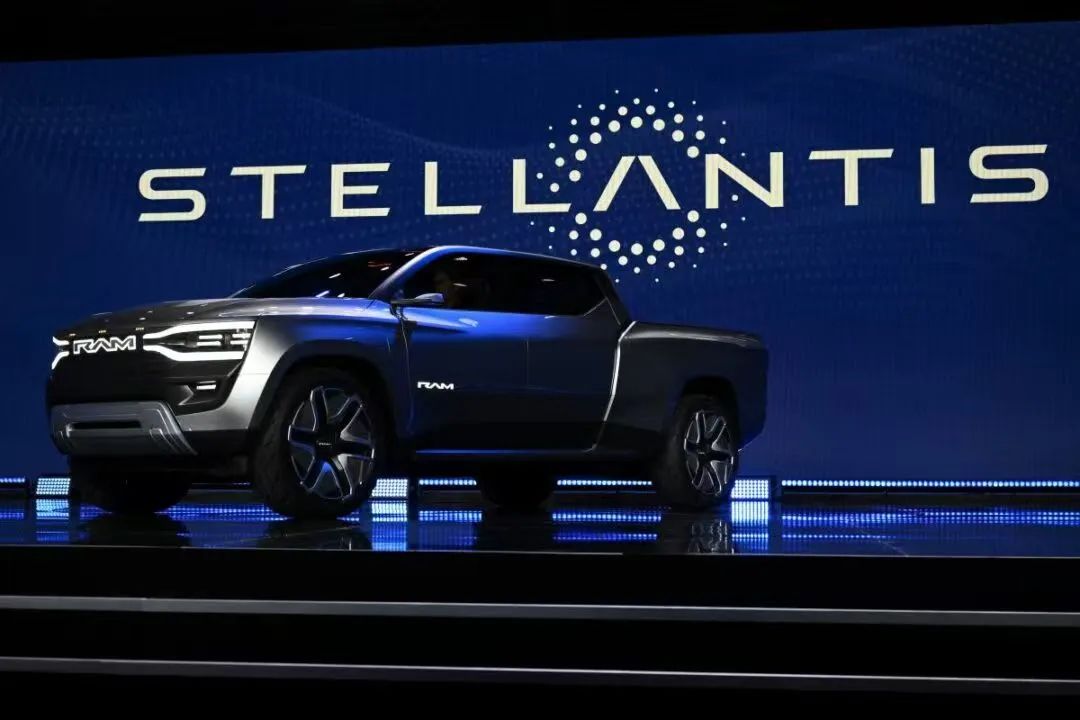
It's worth mentioning that parts suppliers are not only affected by automakers but also pressured by upstream raw materials. The 25% tariff on steel and aluminum products that took effect on March 12 has imposed direct costs on parts suppliers. Once the existing inventory is depleted, the cost impact from raw materials will become prominent.
To achieve new growth, Magna, like other suppliers, is looking in the same direction—China.
Currently, Magna's China business accounts for 13% of the company's total revenue. It has 69 manufacturing plants in China and employs over 30,000 people. Kotagiri, the leader, stated that when Chinese companies began considering exports or entering regions like Europe, management started believing that their company still had a seat at the negotiating table.
Jack Weast, vice president of Intel's automotive business, mentioned in a speech last week that Chinese companies possess sufficient innovation to swiftly dismantle organizational silos and operate efficiently at a lower cost.
"Import tariffs should not be utilized as a tool to weaken industrial competitiveness, but it is evident that the US auto industry has lost the aforementioned competitive advantages. The future of global automobiles is being forged in China. Regardless, we must rediscover the competitive spirit that once thrived in Detroit and make this place the most innovative hub for automobile manufacturing once again."
02 Small and Medium-Sized Suppliers Struggle to Survive
Another issue is uncertainty. Small and medium-sized suppliers are more concerned about whether Trump's tariffs are a long-term problem or a short-term challenge?
In the long run, no one can predict Trump's policies beyond his 3-4 year term; in the short term, suppliers cannot make business decisions based on weekly shifting goals. The nature of the automotive manufacturing industry dictates that any changes made by any enterprise to its manufacturing footprint will take years. No automaker can reposition production and supply chains overnight.
In the values of many automakers, most of the tariff pressure can be borne by suppliers, and suppliers have the responsibility to advance and retreat with customers, adjust production, and adapt to flexibility. However, for most small and medium-sized suppliers, this round of tariffs is too burdensome, far exceeding their own adaptability. Unable to sustain it, they may only face bankruptcy.
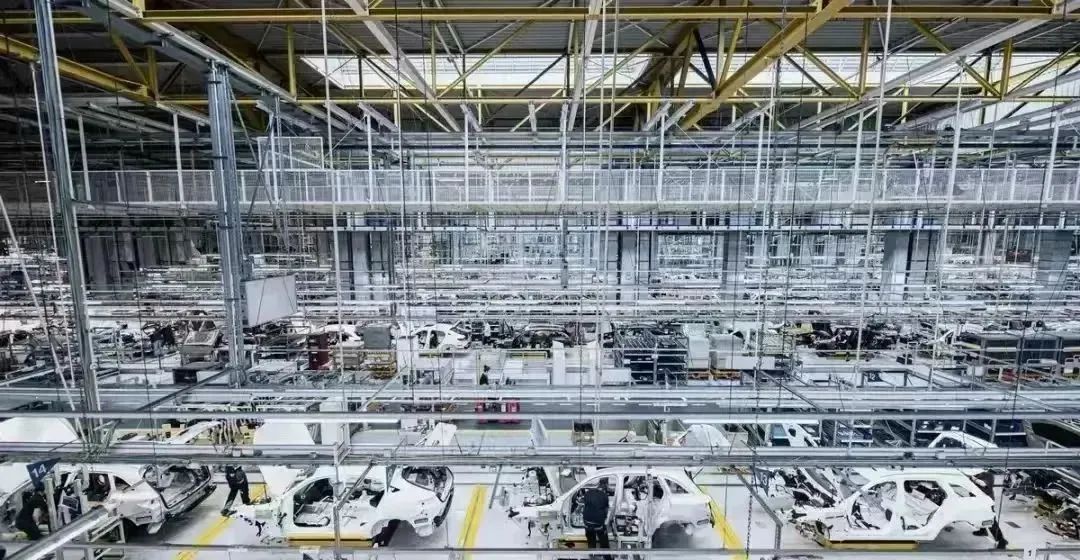
This heaviness also stems from tariff superimposition.
Michael Robinet, vice president of strategy at S&P Global Mobility, stated that instead of focusing solely on single-dimensional tariff rates, the auto industry chain is highly complex. Suppliers can only guess the total tariff amount when they reach the border because many tariffs are superimposed on other tariffs.
Suppliers must not only bear the cost pressure of steel and aluminum materials but also consider the superimposed taxes on the procurement of components like semiconductors—this is just one example of tariff superimposition. For many suppliers, it is difficult to calculate the final tariff value in a short time, especially for new procurement needs.
For automakers with a comprehensive system and mature management processes, classifying thousands of vehicle parts and determining the source and tariff value of each part is already a challenging and time-consuming task.
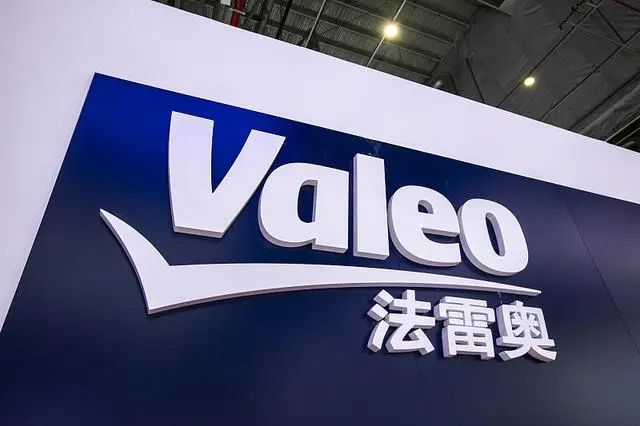
It will be even more arduous for smaller parts suppliers. A supplier executive told European media that automakers also encounter similar situations, but in terms of actual response, it is more challenging for smaller suppliers if the cost is considered over days. Everyone has become accustomed to a 270-day preparation time, not 3 hours!
Large suppliers often have more bargaining power.
Valeo executives recently stated that the company has requested customers to prepay the full cost of the new US tariffs, i.e., 100% of the corresponding costs are passed on to customers, including manufacturers and parts distributors that assemble cars in the United States.
However, it is difficult for smaller suppliers to negotiate with customers and refuse customers' order requirements because every order is crucial to the company's survival. They have become the most vulnerable group in the tariff war.
Moreover, automobile production and supply chains cannot be transferred overnight, which is currently the biggest challenge and dilemma. Rome wasn't built in a day. Tier 2 and Tier 3 suppliers with limited cash flow lack the confidence to transfer production. Building new facilities requires time and sufficient financial preparation.
The Rome built by suppliers over many years is almost impossible to overthrow and rebuild in the short term, especially when the overall automotive environment is cooling down.
Chinese suppliers will also encounter similar problems.
The Wall Street Journal once wrote that Trump has repeatedly named Chinese suppliers, stating that Chinese suppliers are closely intertwined with the North American auto manufacturing industry in Mexico. American automakers purchase parts from Mexico, most of which are produced by Chinese suppliers in Beijing. Under the big stick of tariffs, it is difficult for all global participants to remain unscathed.
Responsible editor: Cui Liwen, Editor: He Zengrong






